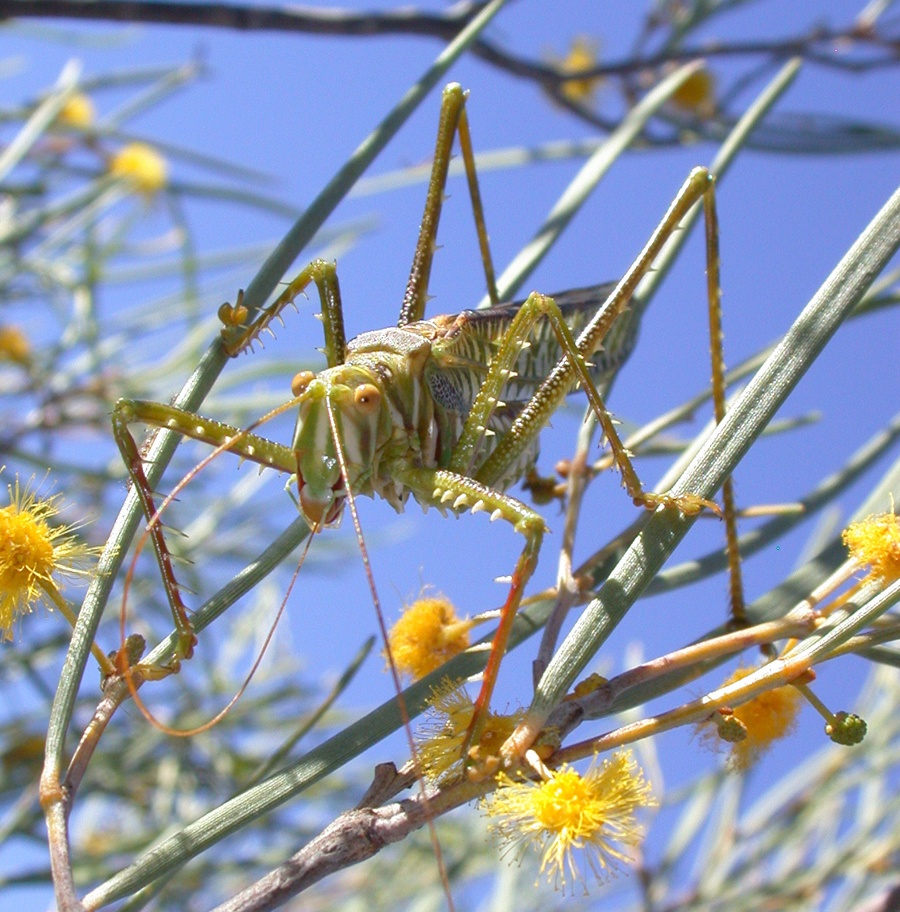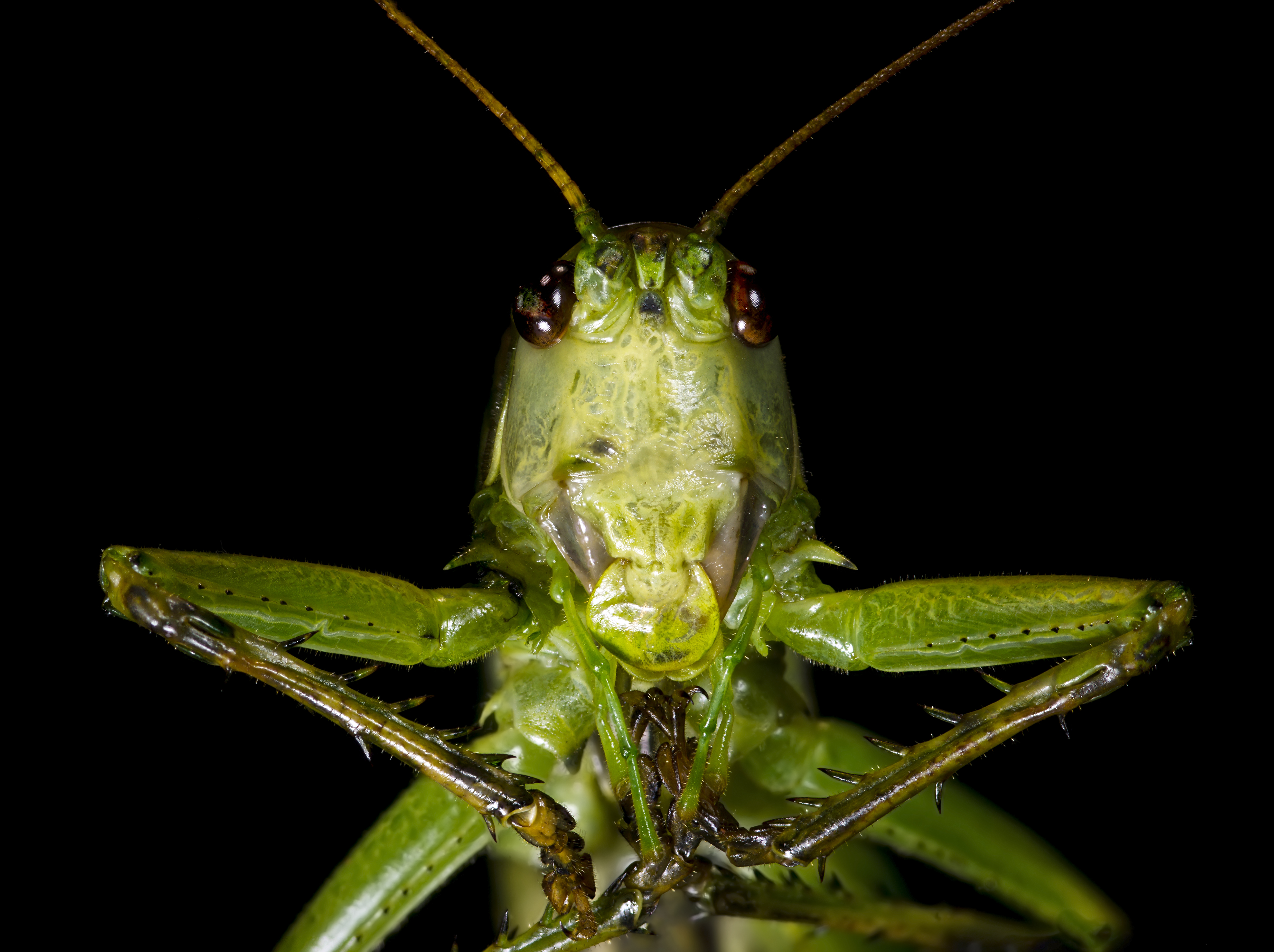|
Listroscelidinae
The Listroscelidinae are a subfamily of the Tettigoniidae found in the Americas, Madagascar, and Australia. The genus ''Arachnoscelis'' has become better known to the public after being featured on the cover of Science in 2012. Basset, Y., Cizek, L., Cuénoud, P., Didham, R.K., Guilhaumon, F., Missa, O., Novotny, V., Ødegaard, F., Roslin, T., Schmidl, J., Tishechkin, A.K., Winchester, N.N., Roubik,D.W., Aberlenc, H.-P., Bail, J., Barrios, H., Bridle, J.R., Castaño-Meneses, G., Corbara, B., Curletti, G., Duarte da Rocha, W., De Bakker,D., Delabie, J.H.C., Dejean, A., Fagan, L.L., Floren, A., Kitching, R.L., Medianero, E., Miller, S.E., de Oliveira, E.G., Orivel, J., Pollet, M., Rapp, M., Ribeiro, S.P., Roisin, Y., Schmidt, J.B., Sørensen, L., & Leponce, M. (2012). Arthropod diversity in a tropical forest. ''Science'', 338: 1481-1484. Tribes and genera The Orthoptera Species File lists the following tribes and genera: ;Conocephalomimini Authority: Rentz, 2001; distribution: ... [...More Info...] [...Related Items...] OR: [Wikipedia] [Google] [Baidu] |
Tettigoniidae
Insects in the family Tettigoniidae are commonly called katydids (especially in North America), or bush crickets. They have previously been known as "long-horned grasshoppers". More than 8,000 species are known. Part of the suborder Ensifera, the Tettigoniidae are the only extant (living) family in the superfamily Tettigonioidea. They are primarily nocturnal in habit with strident mating calls. Many species exhibit mimicry and camouflage, commonly with shapes and colors similar to leaves. Etymology The family name Tettigoniidae is derived from the genus '' Tettigonia'', first described by Carl Linnaeus in 1758. In Latin ''tettigonia'' means a kind of small cicada, leafhopper; it is from the Greek τεττιγόνιον ''tettigonion'', the diminutive of the imitative ( onomatopoeic) τέττιξ, ''tettix'', cicada. All of these names such as ''tettix'' with repeated sounds are onomatopoeic, imitating the stridulation of these insects. The common name ''katydid'' is also on ... [...More Info...] [...Related Items...] OR: [Wikipedia] [Google] [Baidu] |
Chlorobalius
''Chlorobalius'' is a species of long-horned grasshopper in the family Tettigoniidae containing the only species, ''Chlorobalius leucoviridis'', commonly known as the spotted predatory katydid. It is a predator and is an acoustic aggressive mimic of cicadas; by imitating the sounds and movements made by female cicadas, it lures male cicadas to within its reach and then eats them. Taxonomy ''Chlorobalius leucoviridis'' was first described by the Prussian/Australian botanist and entomologist Johann Gottlieb Otto Tepper in 1896. It forms part of the family Tettigoniidae, the subfamily Listroscelidinae and the tribe Terpendrini, the gum-leaf katyatids. Description The adult ''Chlorobalius leucoviridis'' is a large, cryptically-coloured, long-horned grasshopper. The body, wings and legs are barred and spotted in green and white. The legs bear short spines and both males and females have stridulatory organs, the male has a file-and-scraper structure on the tegmen (fore-wing) w ... [...More Info...] [...Related Items...] OR: [Wikipedia] [Google] [Baidu] |
Americas
The Americas, which are sometimes collectively called America, are a landmass comprising the totality of North and South America. The Americas make up most of the land in Earth's Western Hemisphere and comprise the New World. Along with their associated islands, the Americas cover 8% of Earth's total surface area and 28.4% of its land area. The topography is dominated by the American Cordillera, a long chain of mountains that runs the length of the west coast. The flatter eastern side of the Americas is dominated by large river basins, such as the Amazon, St. Lawrence River– Great Lakes basin, Mississippi, and La Plata. Since the Americas extend from north to south, the climate and ecology vary widely, from the arctic tundra of Northern Canada, Greenland, and Alaska, to the tropical rain forests in Central America and South America. Humans first settled the Americas from Asia between 42,000 and 17,000 years ago. A second migration of Na-Dene speakers followe ... [...More Info...] [...Related Items...] OR: [Wikipedia] [Google] [Baidu] |
Orthoptera Subfamilies
Orthoptera () is an order of insects that comprises the grasshoppers, locusts, and crickets, including closely related insects, such as the bush crickets or katydids and wētā. The order is subdivided into two suborders: Caelifera – grasshoppers, locusts, and close relatives; and Ensifera – crickets and close relatives. More than 20,000 species are distributed worldwide. The insects in the order have incomplete metamorphosis, and produce sound (known as a " stridulation") by rubbing their wings against each other or their legs, the wings or legs containing rows of corrugated bumps. The tympanum, or ear, is located in the front tibia in crickets, mole crickets, and bush crickets or katydids, and on the first abdominal segment in the grasshoppers and locusts. These organisms use vibrations to locate other individuals. Grasshoppers and other orthopterans are able to fold their wings (i.e. they are members of Neoptera). Etymology The name is derived from the Gre ... [...More Info...] [...Related Items...] OR: [Wikipedia] [Google] [Baidu] |
Paralistroscelis
''Paralistroscelis'' is a genus of bush-cricket containing a single species, ''Paralistroscelis listrosceloides '', that occurs in Madagascar. References *Carl, 1908. Revue Suisse de Zool. 16:146 Monotypic insect genera Tettigoniidae genera Monotypic Orthoptera genera {{tettigoniidae-stub ... [...More Info...] [...Related Items...] OR: [Wikipedia] [Google] [Baidu] |
Alinjarria
''Alinjarria'' is a genus of bush-crickets including two species, one from the east of Australia and the other from the west. The genus was erected by Rentz, Su & Ueshima in 2007. Species *'' Alinjarria elongata'' (Rentz) *'' Alinjarria jadni'' Rentz, Su & Ueshima References Tettigoniidae genera {{tettigoniidae-stub ... [...More Info...] [...Related Items...] OR: [Wikipedia] [Google] [Baidu] |


